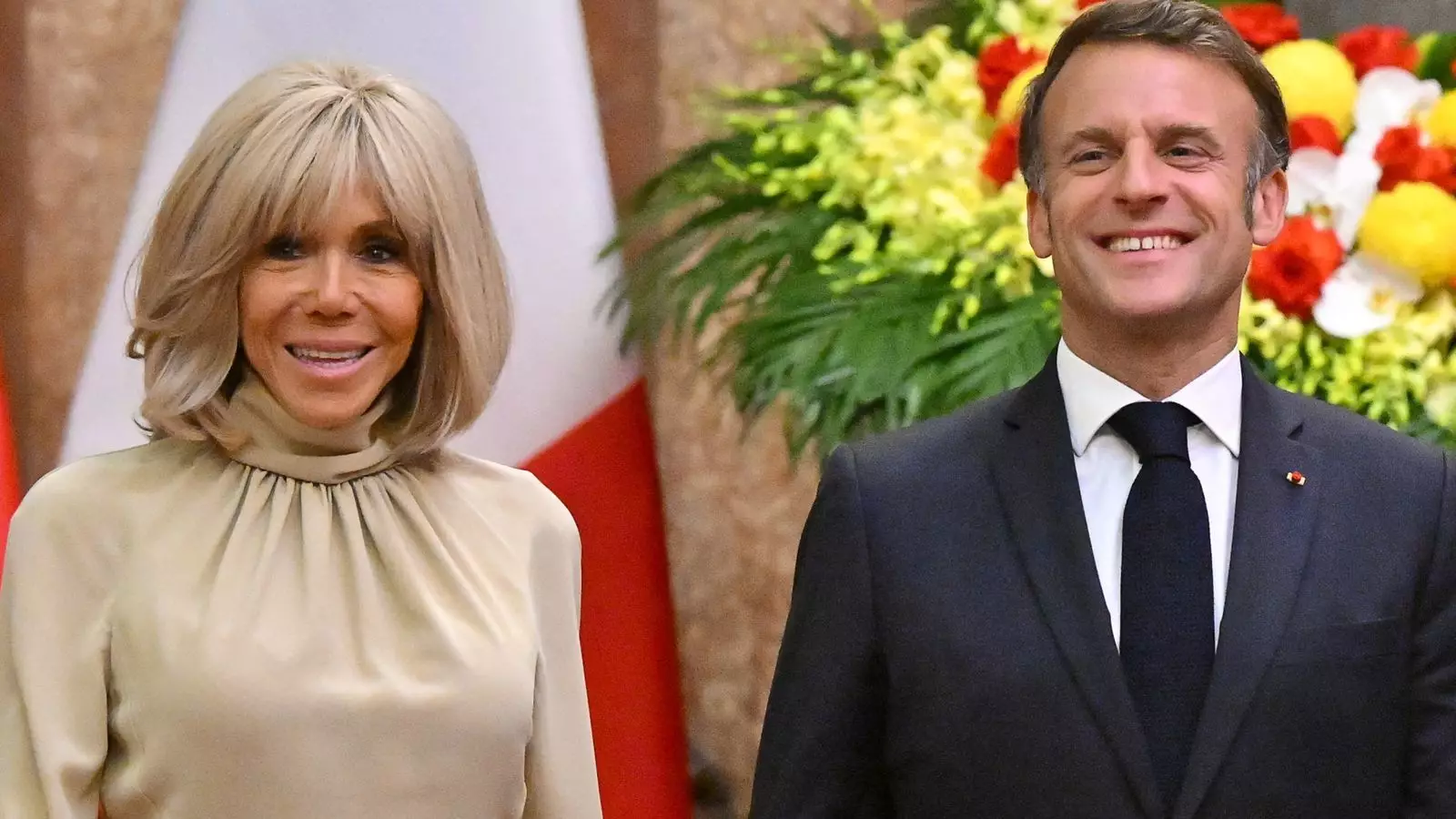The decision to host the French President Emmanuel Macron’s state visit at Windsor Castle instead of the customary Buckingham Palace signals more than a mere logistical adjustment. It hints at a layered narrative of insularity, tradition, and a desire to project strength through historical symbolism. Yet, beneath this facade of grandeur lies a complex critique of how diplomacy is increasingly intertwined with showmanship rather than genuine engagement. Relying on royal pomp—such as carriage processions and flower-laying ceremonies—risks diluting the substantive policy discourse that should anchor international relations. These rituals, while visually captivating, often serve as superficial displays that mask underlying tensions or strategic ambiguities.
The choice of Windsor, a site steeped in historical reverence and royal power, rather than the political epicenter of Downing Street or Westminster, signals a subtle retreat from contemporary political communication. It transforms diplomacy into a pageant that emphasizes nostalgia over pragmatism. While such events are lauded for their cultural significance, they frequently run the risk of becoming edifices of performative diplomacy—ultimately aimed more at domestic audiences than at fostering tangible policy outcomes.
The Royal Family’s Role: From Ceremonial Figures to Political Performers
The Prince and Princess of Wales’ personal involvement—meeting Macron off the plane and personally welcoming the guests—demonstrates a conscious effort to reposition the monarchy within the realm of active diplomatic actors. This departure from the traditional court protocol underscores a desire to make royal diplomacy more accessible and seemingly more personal. However, critical reflection reveals that such gestures can often border on performative gestures that do little to address deeper diplomatic issues.
Moreover, the omission of Kate’s participation—whose presence could have lent a softer, more relatable dimension to the visit—raises questions about the monarchy’s selective engagement. Is the royal family genuinely seeking to foster diplomatic goodwill, or are they merely endorsing a spectacle that aligns with an outdated, hierarchical conception of soft power? The royal family’s involvement tends to romanticize international relations, potentially diverting attention from substantive policy dialogues and the complex realities underpinning EU, Brexit, and global geopolitical dynamics.
Furthermore, embracing a historical narrative—viewing royal relics like the Charabanc carriage or the horse gifted by Macron—tends to romanticize imperial and colonial legacies, often at the expense of acknowledging the more pressing, contemporary issues that need diplomatic resolve. Such gestures evoke nostalgia but obscure the complex, often contentious, modern realities of international diplomacy.
Symbolism and Its Discontents
The decision to incorporate historical elements, such as the royal carriage and the Queen Victoria gift, positions the UK as steeped in traditional diplomacy rooted in centuries-old symbols. While these acts aim to reinforce cultural continuity, they tend to overshadow current geopolitical realities. In an increasingly interconnected world rife with crises—climate change, migration, security threats—such elaborate ceremonies risk functioning more as distractions than as meaningful engagements.
Furthermore, the focus on ceremonies like flower-laying at Queen Elizabeth II’s tomb, combined with the invitation to tour the Windsor Great Park, risks reinforcing a nostalgic race to the past, instead of addressing present challenges. These symbolic acts give the impression of endurance and stability but often limit open dialogue about critical issues—be it economic cooperation, AI regulation, or tackling climate change.
Critically, the reliance on opulent rituals signals a comfort with the status quo, possibly alienating younger or more progressive audiences who desire authenticity and concrete action over spectacle. This approach reflects a broader cultural tendency to equate diplomatic success with visual grandeur, sometimes at the expense of transparency, accountability, and genuine mutual understanding.
Diplomacy in the Age of Spectacle
As international relations become increasingly complicated, the tendency to underpin diplomacy with pageantry presents a double-edged sword. While it temporarily boosts national prestige, it doesn’t necessarily translate into meaningful policy gains. The upcoming UK-France summit, with its high-profile visits and shared cultural moments, risks becoming a superficial display of unity rather than a platform for addressing critical bilateral issues.
This tendency of turning state visits into grandiose productions also raises concerns about the future of diplomatic negotiations. It promotes a perception of diplomacy as a theatrical performance—where image, tradition, and spectacle take precedence over dialogue, honesty, and strategic compromise. Moreover, the echoes of such displays can often entrench old stereotypes, hinder genuine understanding, and foster a sense of alienation among those who see through the veneer of regal decor.
In embodying a center-wing liberal perspective, I argue that true diplomatic progress necessitates more humility and authenticity. While tradition and history are vital cultural touchstones, they should serve as a foundation—not a crutch—for modern diplomacy. The UK’s reliance on royal pomp risks perpetuating an outdated form of soft power that neglects the urgent need for relevant, substantive engagement in an increasingly complex geopolitical landscape.



Leave a Reply